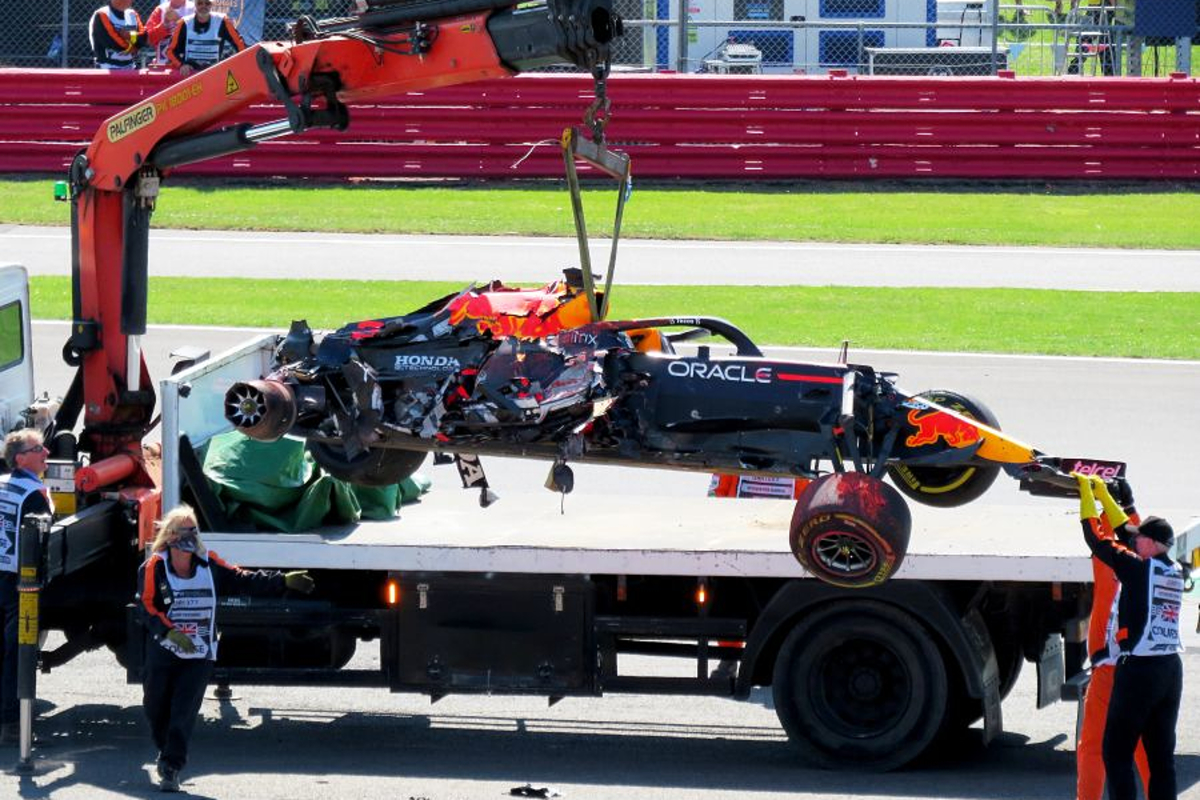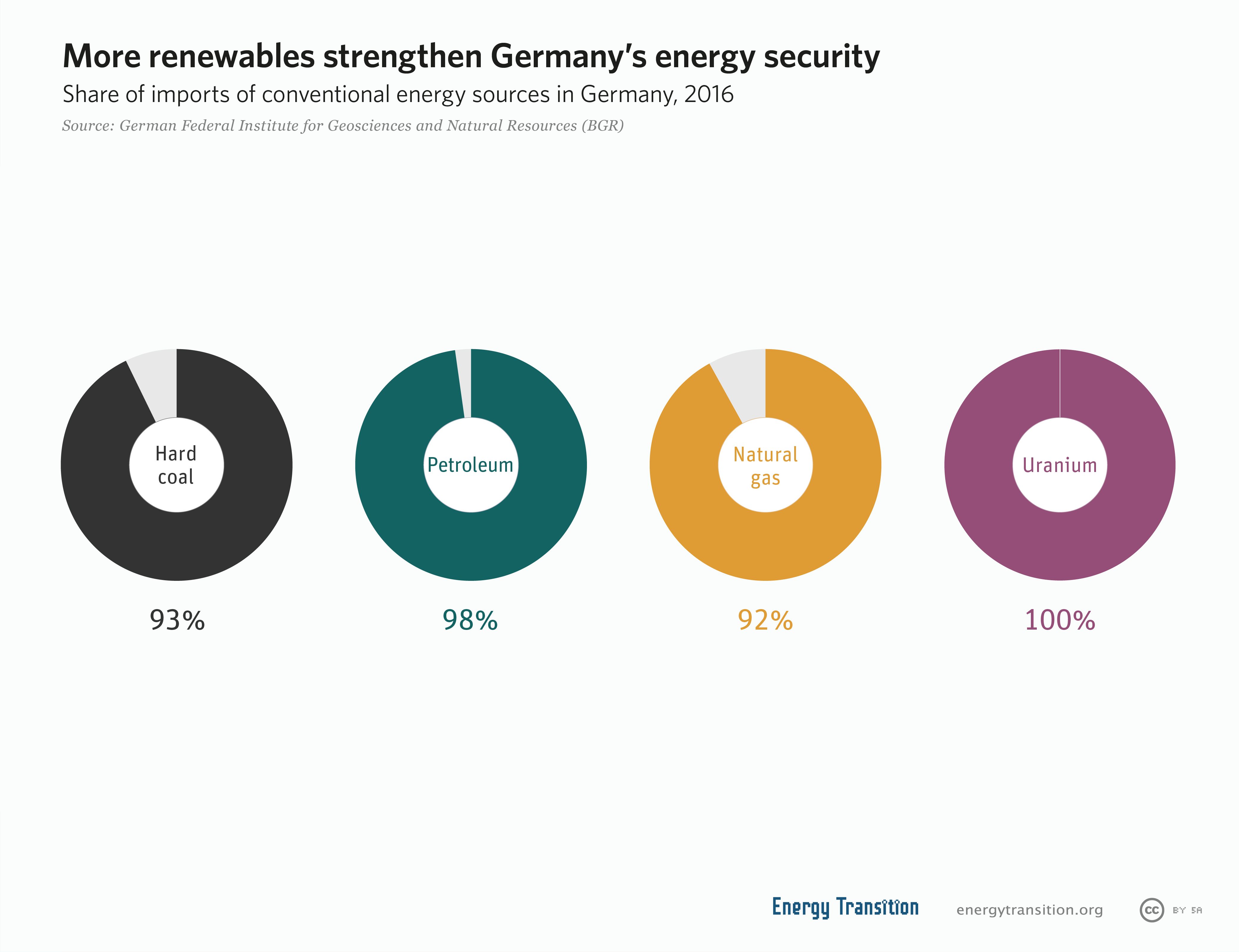Porsche's Dilemma: A Ferrari Or A Mercedes? The Impact Of Global Trade Conflicts

Table of Contents
The Ferrari Model: Exclusivity and High Margins
The Ferrari model represents a strategy focused on limited production, high demand, and premium pricing. This approach allows Porsche to maximize profit margins on each vehicle sold. However, it also presents significant vulnerabilities in the face of global trade conflicts.
Limited Production, High Demand
This strategy centers around creating a sense of exclusivity and desirability. By limiting production runs, Porsche cultivates high demand for its most prestigious models.
- Niche Markets: Focusing on specific, high-value segments allows Porsche to command premium prices.
- Brand Heritage: Porsche's long history of performance and innovation plays a crucial role in justifying higher prices.
- Reduced Demand Fluctuation: While still susceptible to market downturns, the limited production approach offers some protection against major fluctuations.
- Example: The Porsche 911 GT3 RS, a limited-production, high-performance variant, epitomizes this strategy. Its exclusivity enhances its value and desirability amongst discerning customers.
Trade War Vulnerability
The Ferrari model's reliance on limited production and specific supply chains exposes Porsche to significant risks in a volatile global trade environment.
- Supply Chain Disruptions: Tariffs and trade restrictions can severely impact the availability and cost of essential components.
- Increased Costs: Import duties on raw materials, parts, or finished goods directly impact production costs, potentially squeezing profit margins.
- Reduced Sales: Higher prices due to tariffs can reduce sales, particularly in markets heavily affected by trade disputes.
- Example: Tariffs on imported aluminum or steel, crucial components in automotive manufacturing, directly affect Porsche's production costs and profitability under this model.
The Mercedes-Benz Model: Mass Production and Global Reach
In contrast, the Mercedes-Benz model emphasizes mass production, broader market appeal, and global reach. This strategy offers greater resilience to trade conflicts but may lead to lower profit margins.
Broader Market Appeal and Diversification
This approach aims to cater to a wider customer base through a diverse range of models and market segments.
- Larger Production Volume: Spreading risk across multiple models and markets reduces vulnerability to fluctuations in specific segments.
- Diversified Supply Chains: Sourcing components from multiple locations mitigates the impact of disruptions in any single region.
- Market Adaptability: A larger, more diverse production allows for quicker adaptation to changing market conditions and consumer preferences.
- Example: Porsche's expanding range of SUVs, like the Cayenne and Macan, demonstrates its move towards broader market appeal and higher production volume.
Margin Compression and Increased Competition
The pursuit of mass production and global reach invariably leads to increased competition and margin compression.
- Lower Profit Margins: Higher production volumes often mean lower profit margins per unit sold.
- Price Wars: Competition in larger markets can lead to price wars, eroding profitability.
- Constant Innovation: Maintaining competitiveness requires ongoing investment in innovation and cost optimization.
- Example: The competitive landscape of luxury SUVs forces Porsche to constantly innovate and optimize costs to maintain its position against established competitors.
Navigating the Geopolitical Landscape: Porsche's Strategic Choices
Porsche must strategically navigate the geopolitical landscape to mitigate the risks associated with global trade conflicts. This necessitates a multi-pronged approach.
Supply Chain Diversification
Diversifying its supply chains is paramount for Porsche to reduce its vulnerability to trade disruptions.
- Alternative Sourcing: Exploring new suppliers in various regions to reduce reliance on any single source.
- Domestic Manufacturing: Investing in domestic production or partnerships in key markets to reduce import dependencies.
- Risk Management: Implementing robust risk management strategies to identify and mitigate potential supply chain disruptions.
- Example: Shifting production or sourcing to regions with favorable trade agreements or investing in facilities in regions less susceptible to trade wars.
Strategic Partnerships and Alliances
Collaborations can provide access to new technologies, markets, and resources.
- Joint Ventures: Forming joint ventures to access new markets or share the costs of developing new technologies.
- Technology Sharing: Collaborating with technology companies to integrate innovative features in its vehicles.
- Market Expansion: Focusing on expanding into emerging markets to offset potential losses in established regions affected by trade conflicts.
- Example: Leveraging synergies and collaborations within the Volkswagen Group to share resources and expertise.
The Future of Porsche and Global Trade
The long-term impact of trade wars on Porsche’s strategy remains uncertain. However, adapting to a volatile global environment is crucial for future success.
- Long-Term Strategy: Porsche must develop a long-term strategy that balances the benefits of exclusivity with the need for resilience against trade disruptions.
- Market Analysis: Continuous monitoring of global market trends and geopolitical developments is essential for proactive decision-making.
- Future Predictions: The future trajectory of the luxury automotive market will largely depend on the resolution of trade conflicts and the overall global economic environment.
Conclusion
Porsche's dilemma highlights the significant challenges faced by global automakers in navigating the complexities of international trade relations. The choice between exclusivity and broader market appeal carries substantial implications for profitability, resilience, and long-term growth. By strategically diversifying its supply chains, forming strategic partnerships, and adapting to evolving geopolitical landscapes, Porsche can effectively mitigate risks and ensure its continued success. Understanding Porsche's dilemma is crucial for anyone interested in the future of the luxury automotive industry. To learn more about the evolving strategies of luxury car manufacturers in the face of global trade conflicts, continue your research and explore further insights into Porsche's dilemma.

Featured Posts
-
 D Wave Quantum Inc Qbts Explaining The Stocks Friday Performance
May 21, 2025
D Wave Quantum Inc Qbts Explaining The Stocks Friday Performance
May 21, 2025 -
 Los Angeles Wildfires A Reflection Of Societal Shifts And Gambling Trends
May 21, 2025
Los Angeles Wildfires A Reflection Of Societal Shifts And Gambling Trends
May 21, 2025 -
 Een Praktische Handleiding Voor Tikkie In Nederland
May 21, 2025
Een Praktische Handleiding Voor Tikkie In Nederland
May 21, 2025 -
 Reactie Geen Stijl Op Abn Amro Rapport Over Betaalbare Huizen In Nederland
May 21, 2025
Reactie Geen Stijl Op Abn Amro Rapport Over Betaalbare Huizen In Nederland
May 21, 2025 -
 Post Nuclear Taiwan Lng Imports And Energy Security
May 21, 2025
Post Nuclear Taiwan Lng Imports And Energy Security
May 21, 2025
Latest Posts
-
 Kaellmanin Ja Hoskosen Puola Seuraura Paeaettynyt
May 21, 2025
Kaellmanin Ja Hoskosen Puola Seuraura Paeaettynyt
May 21, 2025 -
 Jalkapallo Huuhkajien Avauskokoonpanossa Yllaetyksiae Kaellman Penkillae
May 21, 2025
Jalkapallo Huuhkajien Avauskokoonpanossa Yllaetyksiae Kaellman Penkillae
May 21, 2025 -
 Huuhkajat Kaksikko Kaellman Ja Hoskonen Palaavat Suomeen
May 21, 2025
Huuhkajat Kaksikko Kaellman Ja Hoskonen Palaavat Suomeen
May 21, 2025 -
 Kolme Muutosta Huuhkajien Avauskokoonpanossa Benjamin Kaellman Vaihdossa
May 21, 2025
Kolme Muutosta Huuhkajien Avauskokoonpanossa Benjamin Kaellman Vaihdossa
May 21, 2025 -
 Huuhkajat Avauskokoonpanoon Merkittaeviae Muutoksia Kaellman Ulkona
May 21, 2025
Huuhkajat Avauskokoonpanoon Merkittaeviae Muutoksia Kaellman Ulkona
May 21, 2025
